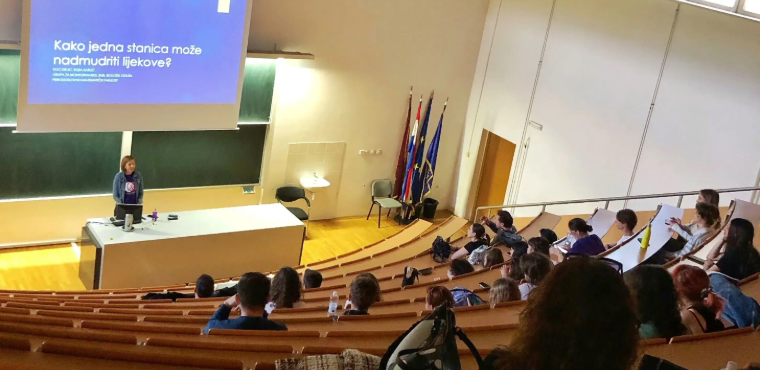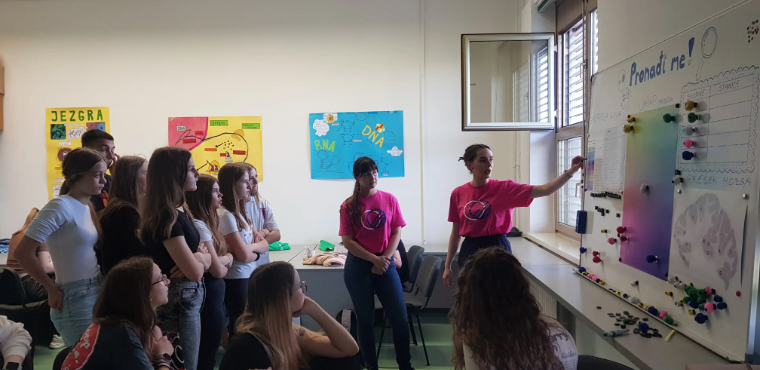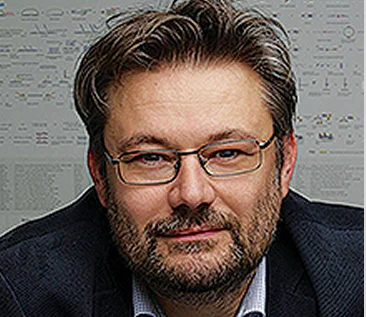Day and Night at PMF 2023: "Find me!" shouted the malignant cell
Tumor cells are hard to detect because they are few, small, and hidden among healthy cells. In the workshop, participants used single-cell RNA sequencing to analyze gene activity and identify whether cells came from mutated brain or bone tumors.
Authors: Miran Grgić, Marta Paladin, Petra Struški, Barbara Maračić
Menthors: Paula Štancl, Doris Repušić
Tumor cells are difficult to detect because they are few in number, very small, and hidden among normal tissue cells. Fortunately, scientists have developed a method that allows for the “reading” (so-called sequencing) of all mRNA molecules present in an individual cell. This method enables precise determination of gene activity levels in each cell, making it possible to identify hidden tumor cells.
The aim of the workshop is to introduce participants to the method of single-cell RNA sequencing and the analysis of the resulting data for identifying different cell types. Participants stepped into the role of bioinformaticians for a day, analyzing data to determine whether cells originated from mutated brain or bone tumors.



Share on social media


